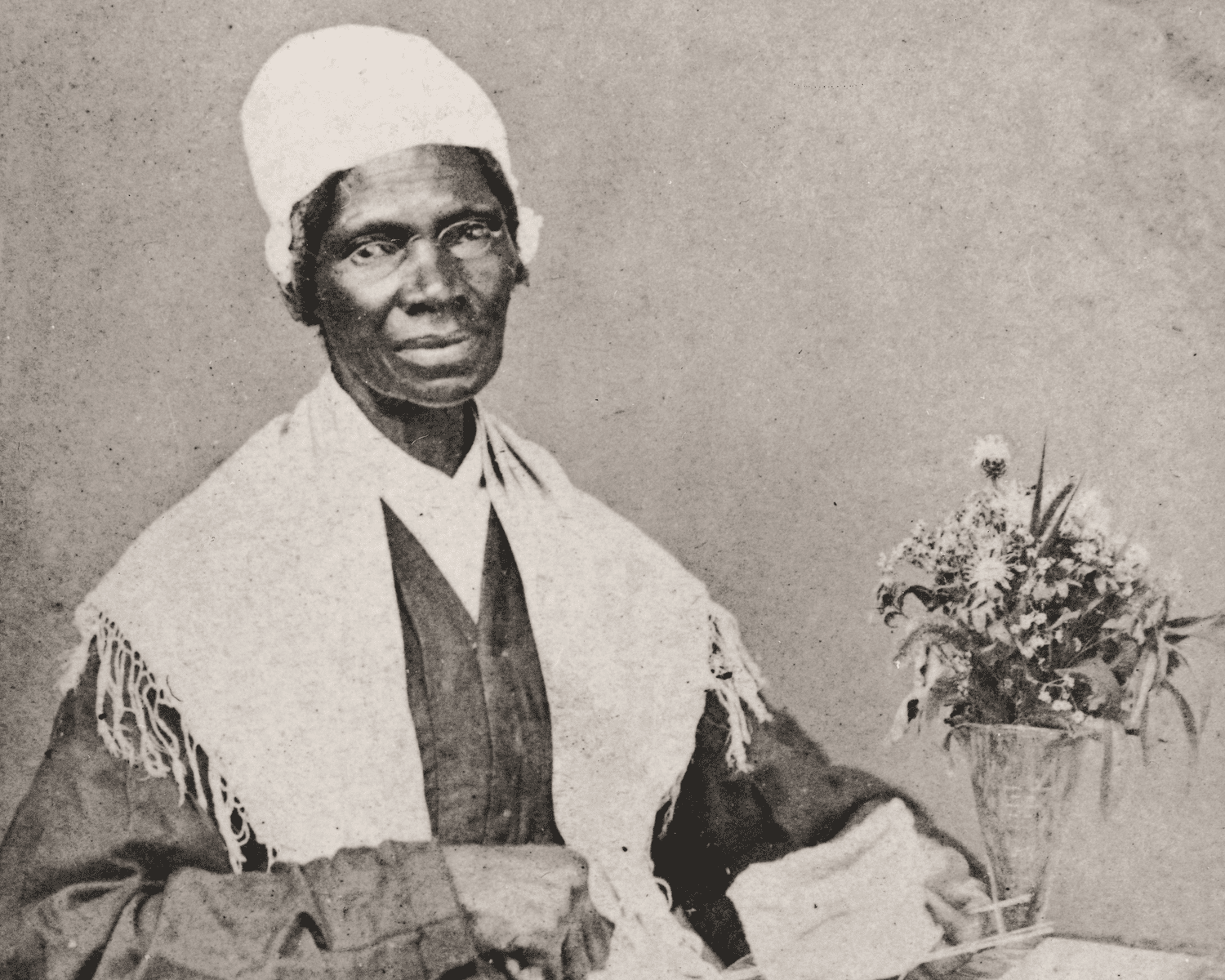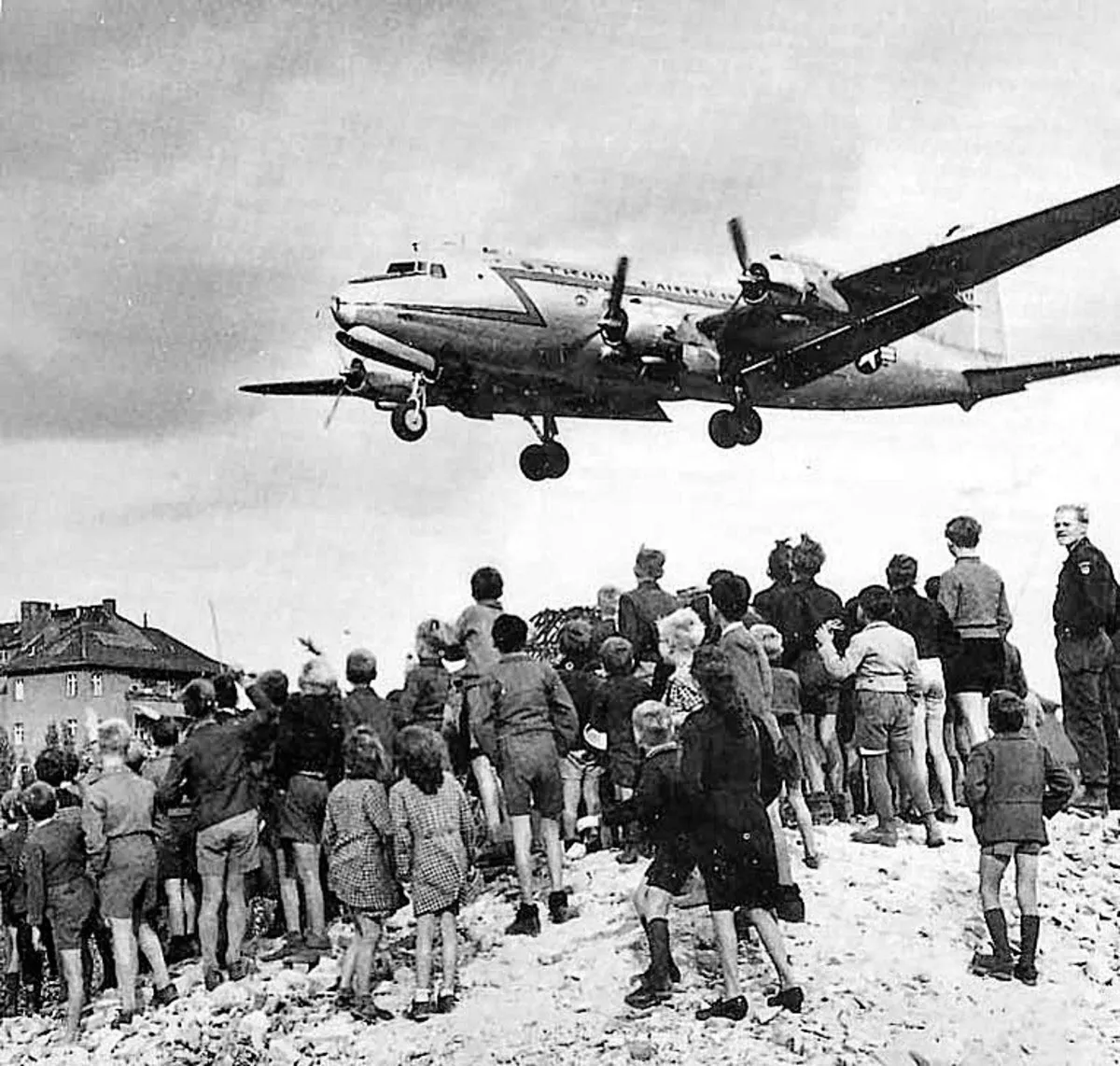rashemamelson.org – Sojourner Truth, born Isabella Baumfree in 1797, was a towering figure in the struggle for both abolition and women’s rights in the United States. Her journey from enslavement to emancipation, and her subsequent work as an advocate for the oppressed, makes her a pivotal character in the history of American social reform.
Early Life and Enslavement
Truth’s life began in Ulster County, New York, where she was born into slavery. She experienced the harsh realities of bondage from a young age, including being sold away from her family. Despite the brutal conditions, Truth developed a strong sense of resilience and a deep-seated belief in justice and equality.
Path to Freedom
In 1826, Truth escaped from slavery, seeking refuge in New York, where she learned that the state’s gradual emancipation act had made her legally free. She changed her name to Sojourner Truth, signifying her commitment to journey for truth and fight against injustice.
Abolitionist Work
Truth became an outspoken advocate for the abolition of slavery. She traveled extensively, delivering powerful speeches that challenged the moral complacency of the American public. Her most famous speech, “Ain’t I a Woman?” delivered in 1851 at the Women’s Rights Convention in Akron, Ohio, challenged the prevailing notions of womanhood and the exclusion of Black women from the feminist movement.
Women’s Rights Activism
While Truth’s primary focus was on abolition, she was also a staunch advocate for women’s rights. She believed that the struggles against slavery and for gender equality were interconnected. Her experiences as a Black woman gave her a unique perspective on the intersections of race and gender in the fight for justice.
Legacy
Sojourner Truth’s legacy is one of courage, resilience, and unwavering commitment to justice. She was a pioneer in the fight for both abolition and women’s rights, paving the way for future generations of activists. Her life and work continue to inspire those who fight for equality and justice in the world today.


